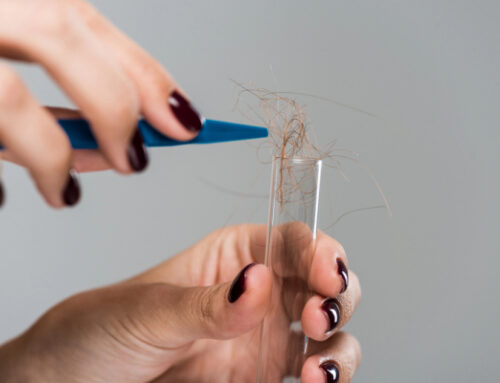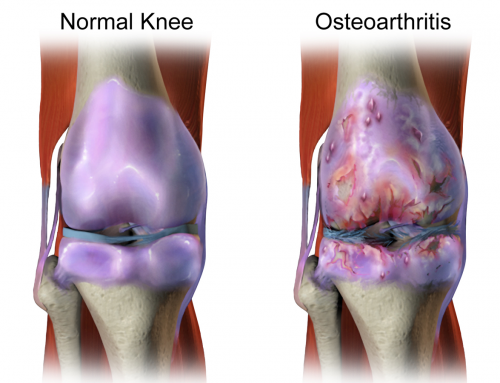 I am often asked if it is okay to use a microwave for cooking or reheating food. No matter how it’s done, cooking often destroys vital nutrients. The type of cooking preparation you choose determines how much is destroyed. For most nutrients, the less heat, the better. So while microwaving may destroy the most nutrients, boiling or cooking anything to excess will tend to decrease its nutritional value. You always want to use the least amount of heat, the least amount of water and the least amount of time possible to cook your food.
I am often asked if it is okay to use a microwave for cooking or reheating food. No matter how it’s done, cooking often destroys vital nutrients. The type of cooking preparation you choose determines how much is destroyed. For most nutrients, the less heat, the better. So while microwaving may destroy the most nutrients, boiling or cooking anything to excess will tend to decrease its nutritional value. You always want to use the least amount of heat, the least amount of water and the least amount of time possible to cook your food.
A study published in the November 2003 issue of The Journal of the Science of Food and Agriculture found that broccoli “zapped” in the microwave with a little water lost up to 97% of its beneficial antioxidants. By comparison, steamed broccoli lost 11% or fewer of its antioxidants.
Microwaves have also been shown to change the structure of proteins,1 including the natural antibodies in breast milk (since antibodies are proteins).2 So I definitely don’t recommend heating baby bottles in microwaves – just heat them up on the stove!
There are many people who disagree and say that microwave cooking does not decrease the nutrition in food, but I have not been able to find any studies to support that side of the argument. Bottom line, more studies are needed. But in the meantime, I will avoid putting food in my microwave. As a matter of personal preference, I have also found that my food doesn’t taste as good after heating in a microwave, and often the texture changes to become rubbery and dry. What a waste to spend money on beautiful healthy organic food, and then lose so much of the goodness through microwave cooking or reheating!
You really CAN survive without a microwave. Here are a few tips:
- Plan ahead. Take your dinner out of the freezer that morning or the night before so you don’t end up having to use the microwave to defrost.
- Freeze items in sealed gallon-sized freezer bags or other containers. An hour before meal time, just take one out and defrost it in a sink or bowl of water until it’s thawed enough.
- A toaster oven is great for heating up leftovers! Keep it at a low temperature — like 200-250 degrees F — and gently warm a plate of food over the course of 20-30 minutes.
- Another great alternative is a convection oven. They are a quick safe way to heat foods.
- All the ways we use to cook and heat foods before microwaves came along are still good: steaming, sautéing, grilling, baking, or slow cooking in soups or stews in a crock pot is advised.
- Try eating more raw foods. This is the best way to improve your health over the long run.
1. George D F, Bilek M M, and McKenzie D R. Non-thermal effects in the microwave induced unfolding of proteins observed by chaperone binding. Bioelectromagnetics 2008 May;29(4). 324-330.
2. Quan R (et al). Effects of microwave radiation on anti- infective factors in human milk. Pediatrics 89(4 part I). 667-669.




Leave A Comment